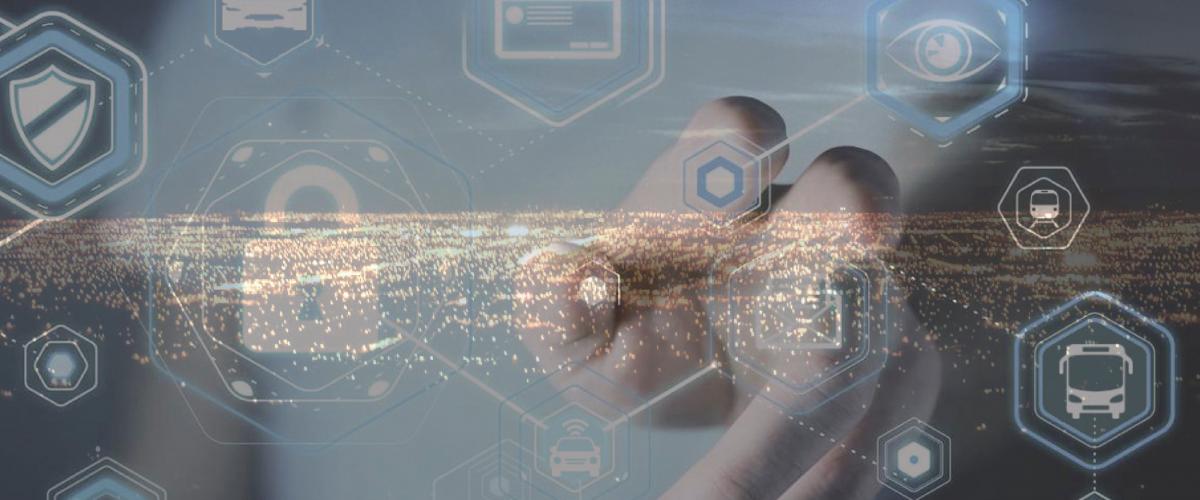- 408-924-7560
- mineta-institute@sjsu.edu
- Donate
Allied Telesis National Transportation Security Center

The Mineta Transportation Institute has been conducting research related to national transportation security since 1996. Our research examines persistent and emerging security threats and continues to grow and evolve to help close the information gaps to ensure the safe and secure movement of people and goods, protect our industry, the American economy, and the communities we serve.
Cybersecurity
The increasing sophistication of cybercriminals, in combination with a greater reliance on technology, puts the industry at a growing risk of cyber attacks, which can compromise the financial stability of an agency, expose sensitive information, disrupt operations, erode public trust, and even threaten physical security.
Recent work on cybersecurity has focused on assessing the readiness, resourcing, and capabilities of public transit agencies to detect, identify, be protected from, respond to, and recover from cybersecurity vulnerabilities and threats.
Emergency Management
The United States has the largest rail system in the world, moving 543.5 million tons of goods and more than 30 million passengers each year. Extreme events create new challenges for all critical transportation infrastructure, but especially for railroads, which have open systems continuously exposed to the elements.
MTI researchers have developed a comprehensive evidence-based suite of resources to help railroads prepare for and respond to emergencies, particularly those driven by extreme events. These include materials developed in alignment with the federally mandated Incident Command System (ICS), which can ensure seamless coordination across multi-jurisdictional and multi-professional teams to help protect infrastructure and save lives. This work is part of an ongoing multi-part series of publications and resources focused on preparing railroad organizations to respond to extreme events.
Public Surface Transportation Security
Public surface transportation—passenger trains and train stations, freight trains, buses and bus stations and stops, and highway and railway infrastructure—are targets for terrorists and serious criminals. Many terrorist groups have focused on passenger trains and buses in particular. But protecting these targets present challenges. To move large masses of people rapidly, the system must be open, with multiple access points. It is, therefore, different from commercial aviation, which can utilize screening and searching of individual travelers. These are challenges that require that transportation regulators and operators understand the trend of attacks. Which targets are attacked most often, with which weapons, and in which countries? The Mineta Transportation Institute’s Allied Telesis National Transportation Security Center is a key player in helping governmental authorities and private operators answer these questions, identify trends, and work to reduce security risks.
Until March of 2025, NTSC maintained a Database on Terrorist and Serious Criminal Attacks against public surface transportation, supported by the Department of Homeland Security (DHS) and the Transportation Security Administration (TSA). While we no longer update this database, our research continues, and publications based on the data collected remain publicly available online.
Individual research projects, resources, and other publications are all available for free on the Center’s Publications page.
Personnel
-
Contact Us
San José State University One Washington Square, San Jose, CA 95192 Phone: 408-924-7560 Email: mineta-institute@sjsu.edu










